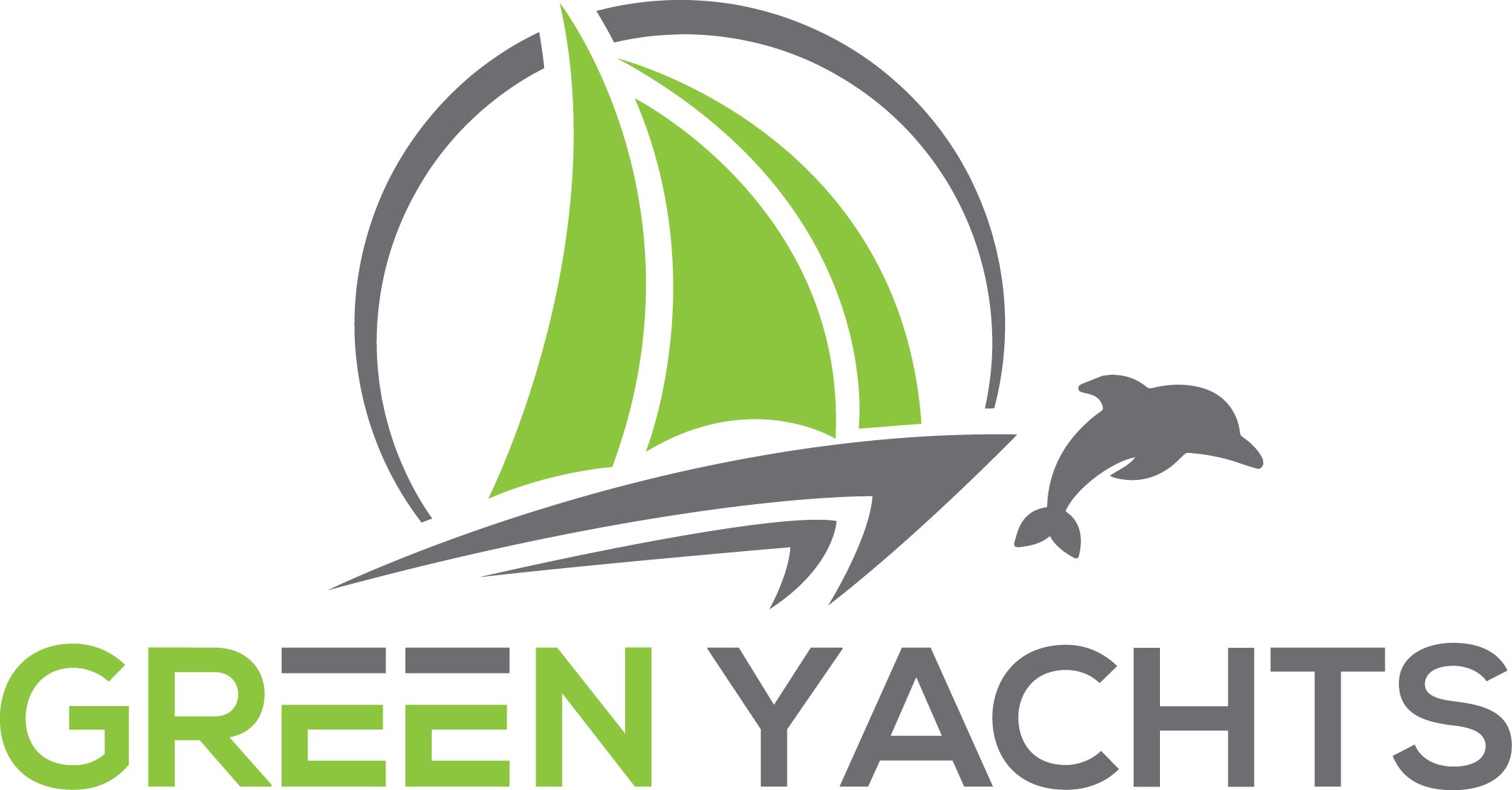Even if one never competes in an offshore sailing race like the Pac Cup, the Mackinac, or the Vendée Globe or a local race like the Vineyard Cup or the Anacortes Race Week, sailors by and large appreciate speed. Today’s sailor wants a fast sailboat. Makes sense. We at Green Yachts appreciate fast sailboat designs for three reasons:
- It increases the percent of time on the water a sailor can sail and not use auxiliary power
- Faster sailboat designs allow electric propulsion systems to have greater range
- Sailing is more fun in a faster sailboat!
Fast sailboat designs developed for sailboat racing have consistently been incorporated into performance cruising yachts making them faster and faster. Fin keels have replaced full keels, masthead rigging has given way to fractional rigging, and vacuum infusion hull construction has become the norm.
Still, there are significant differences in performance and design of today’s performance sailboats. Salona’s newest Salona S460 with a twin Oceanvolt electric propulsion system just did 5 knots in 4 knots of wind on a beam reach in on-water testing, something your average production sailboat that looks nice at the dock of a boat show can’t do! The. C&C sailboats, though not made anymore, consistently perform well, such as the C&C 115 that has an impressive average PHRF rating of 66 – part of the reason why a C&C holds its value over time better than a sailboat with a PHRF of 100 or 120 or 140.
As background for sailboat cruisers, the two most common race handicap systems are the PHRF, which is largely based on observed performance, and the ORC, which is largely based on theoretical hull speed. The PHRF measures sailboat ratings vs the J-35 and the ORC uses the FARR 40 as its scratch boat. Most offshore races use ORC and local races use PHRF. The lower the PHRF and the higherr the ORC rating, the faster the boat.
The best performance cruisers separate themselves from your other performance cruisers through things like a steel internal frame such as what Arcona, Salona and X-Yachts use, using a lead keel or keel bulb and not using a full liner in the cabin ceiling, which is cheap, but adds weight above the center of gravity forcing a boat manufacturer to put more weight in the keel to maintain stability. These weight differences add up and even among top performance cruisers, separate the best from the rest. For example, look at the boat’s displacement ratio or the ratio of Displacement-Length Ratio (D/L) of the Arcona 435, winner of the European Yacht of the Year for Performance Cruisers in 2019, with a D/L ratio of 132.8 compared to the X-Yachts X46, which was runner up, and has a D/L ratio of 167.6.
The differences that separate today’s performance cruiser are small design elements and quality of construction that add up to speed and longevity of a boat’s resale value over time. If you have any questions about these design elements or the best made performance cruisers, our brokers at Green Yachts would be happy to talk with you.
Looking forward, what will separate tomorrow’s performance cruiser is continued hull design AND how the boat systems complement the performance nature of the hull design, namely electric propulsion. Electric motors, including batteries, weigh on average 25% less than a comparable diesel engine and that is even before you consider the weight of the fuel tank and fuel. That is why in addition to the environmental benefits of producing zerio emissions, Alex Thomson racing uses an Oceanvolt electric motor and solar panels to reduce weight.
So, you want your boat to sail well and to enjoy sailing? Consider a performance cruiser with a low PHRF, good D/L ratio and that has electric propulsion. Green Yachts is ready to help you find this this trifecta!




Leave Comment